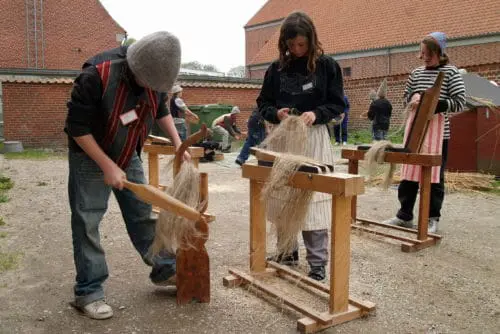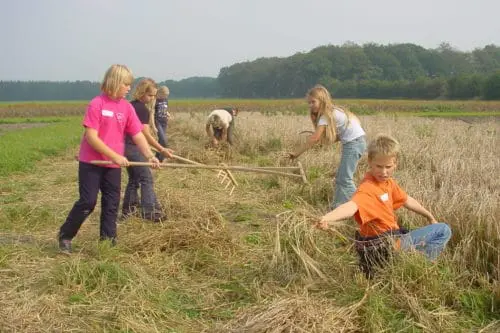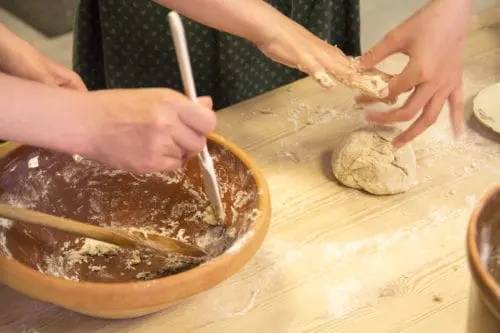Ducks and pheasants
Ducks and pheasants Hunters annually kill approximately 500,000 mallards in Denmark, which gives the mallard the second highest number of birds killed – second only to the pheasant, with approximately 700,000 birds killed. A large proportion of these birds are endangered, otherwise there wouldn't be so many, but it's hard to…

















